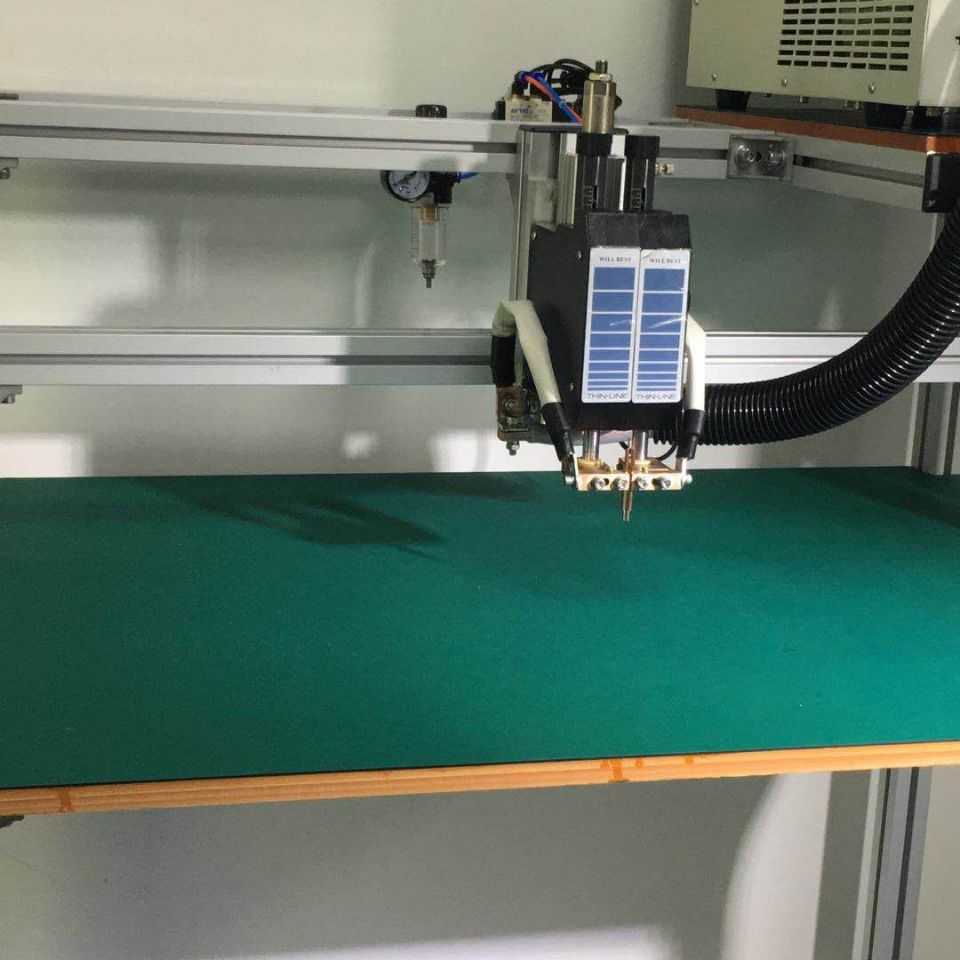

Charging current as a function of battery voltage and input voltage. In addition to these variations, expect approximately ☑5% variation in the nominal charge current due to variations in the current limit and switch off time of the LT1934 and the value of L1.įigure 6. The charge current equals the average current in L1, and depends on the input and output voltages, as shown in Figure 6. The LT1934 regulates its output current by limiting the peak current in L1 to 400mA. Diode D3 provides reverse input protection. If input power is removed, the LTC4052 isolates the LT1934’s circuitry and reduces battery load to less than 1♚. If the battery voltage is pulled below 4.05V due to a load current, the LTC4052 reenters its fast charge mode. Pulse charging continues until a timer in the LTC4052 stops the charge cycle after three hours, when the CHRG pin goes to a high impedance state. When this duty cycle falls to 10%, the LTC4052 indicates that the battery is nearly charged by switching the CHRG pin to a weak 40♚ pull down. In this manner, the LTC4052 modulates the duty cycle of the 350mA current source. If the battery voltage falls below 4.2V during this period, the switch is turned back on for at least 400ms. When the battery voltage reaches 4.2V, the LTC4052 turns off the switch for 100ms. Because the FET is fully on, very little power is dissipated, and the charging circuit maintains high efficiency during the entire charge cycle. As the voltage across C1 falls to the battery voltage, the LT1934 limits its output current, charging the battery at 350mA. This connects the LT1934’s output to the battery. When the battery voltage rises above 2.5V, the LTC4052 enters its fast charge mode, turning on an internal N-channel FET switch between its SENSE and BAT pins. If this voltage is less than 2.5V, the LTC4052 applies a 24mA trickle charge, with the LT1934 maintaining 5V across C1. The LTC4052 monitors the battery voltage and pulls the CHRG pin low to indicate that the battery is being charged. The LT1934 acts as a current-limited 5V pre-regulator for the LTC4052-4.2 pulse charger. This standalone 350mA Li-Ion battery charger accepts inputs to 28V and requires no heat sinks. Figure 4 shows a 3.3V supply implemented with the LT1934-1.įigure 5.
#Battery pulse charging with pll 60hz input capacitor series
Low maximum switch current is also helpful in designing intrinsically safe systems, which have limits on stored energy and require current limiting resistors in series with external connections. The LT1934-1 may be a better choice when the power source has a high output impedance, such as 4mA-20mA loops, long-life primary batteries with high internal resistance or remote supplies with long cables. Input ripple is also lower, reducing noise and simplifying input filtering. This lower current limit allows a better match between the power components (the inductor and the input and output capacitors) and the application, resulting in a smaller circuit size.

The LT1934-1 can be used in applications with a maximum load current of 60mA.

The LT1934-1 is identical to the LT1934 except that the current limit is 120mA. This ensures that the LT1934 can handle a shorted output. In addition, the 1.8µs switch off time is extended during fault conditions when the output voltage is pulled below the programmed output voltage. The accurate, fast, cycle-by-cycle current limit of the LT1934 keeps the switch and inductor currents under control at all times. The capacitor and diode tied to the BOOST pin provide a bias voltage above V IN in order to fully saturate the internal NPN power switch, thereby maintaining high efficiency over the entire input voltage range.įigure 3b. The SHDN pin can be tied to V IN if the shutdown mode is not used. Input current falls to less than 1♚ when the LT1934 is placed in shutdown mode by pulling SHDN to ground. With the output in regulation and with no load, the input current with V IN = 24V is less than 15♚. 3.3V 250mA Supply from 24V Input Consumes Just 15♚įigure 1 shows a 3.3V/250mA supply that accepts inputs from 4.5V to 34V. Its wide input voltage range of 3.4V to 34V makes it applicable to a variety of power sources including 24V industrial supplies, automotive batteries and unregulated wall transformers. It provides up to 300mA output current, while consuming just 12♚ of quiescent current, an important feature for always-on battery-powered applications such as laptop computer standby supplies or remote instrumentation that must operate for years from primary batteries. The LT1934 is a micropower buck regulator with an internal 400mA power switch. Micropower SOT-23 Buck Regulator Accepts Inputs to 34V


 0 kommentar(er)
0 kommentar(er)
